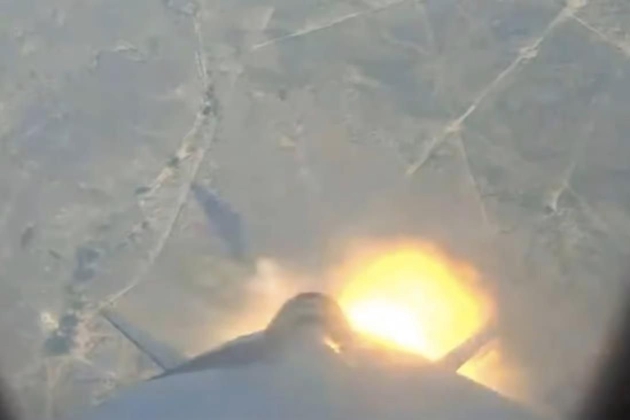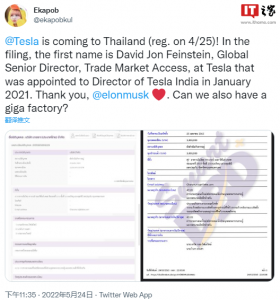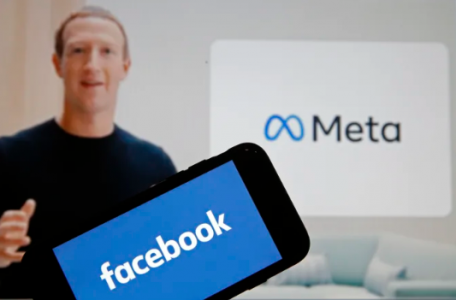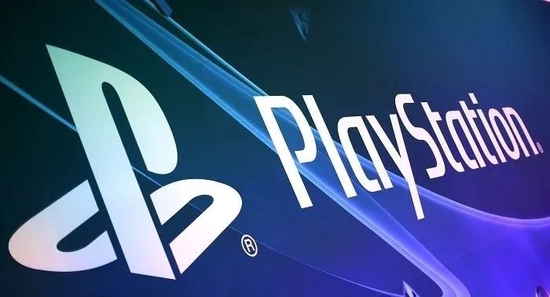your current location is:Home > TechnologyHomeTechnology
Tesla robot "brain" revealed: 7nm process, 50 billion transistors can "self-taught"
For the first time, Tesla disclosed more details of its self-developed AI chip and Dojo system.
A few days ago, at the Silicon Valley Chip Technology Symposium HOT CHIPS, Tesla hardware engineer Emil Talpes disclosed the details of Tesla's Dojo supercomputing instruction set structure, and demonstrated Dojo's data format, system network, and software system's ability to bypass dead nodes, etc. .
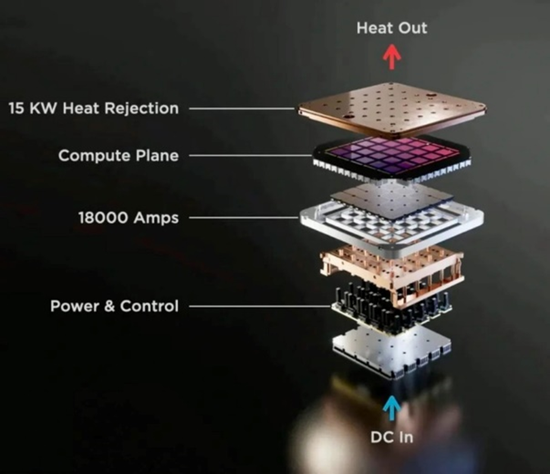
The so-called Dojo is Tesla's self-developed supercomputer, which can use massive video data to complete "unsupervised" labeling and training.
At last year's AI Day, Tesla had released the Dojo supercomputer, but at the time it was "flying", with only the first chip and training blocks, and the company was still pushing to build a complete Dojo Exapod.
Tesla also said that, in theory, the Dojo ExaPod will be the world's fastest AI training supercomputer.
Now, the Dojo Exapod has finally been unveiled. From the presentation of Talpes at this seminar, each Dojo ExaPod integrates 120 training modules, built-in 3,000 D1 chips, and has more than 1 million training nodes. The computing power reaches 1.1 EFLOP* (petaflops per second).
In terms of microarchitecture, each Dojo node has a core and is a full-fledged computer with CPU-specific memory and I/O interfaces.
The core of the Dojo Exapod is Tesla's self-developed D1 chip. The chip is manufactured by TSMC, uses a 7nm process, has 50 billion transistors, and has a chip area of 645mm², which is smaller than Nvidia's A100 (826 mm²) and AMD Arcturus (750 mm²).
It is worth noting that the brain of the Tesla humanoid robot "Optimus Prime", which is expected to appear next month, is the Dojo D1 supercomputing chip. Each D1 chip is seamlessly connected, and the adjacent chips are connected. The latency is extremely low, and the training module maximizes bandwidth reservation.
Tesla has previously revealed that the Tesla Bot "Optimus Prime" head will be equipped with the same intelligent driving camera as its own car, and will share the AI system with the car - in other words, the Tesla humanoid robot continues the vision-based legend. Sense of technical route.
Thanks to the support of the huge database, AI prediction capabilities and algorithms, Tesla believes that the pure vision solution can also better compensate for the lack of depth sensors. At present, its vision-based neural network technology has been verified in automotive FSD. Huaan Securities reported on the 27th that this technology is expected to accelerate training and upgrades with the help of Dojo supercomputing.
related articles
Article Comments (0)
- This article has not received comments yet, hurry up and grab the first frame~






